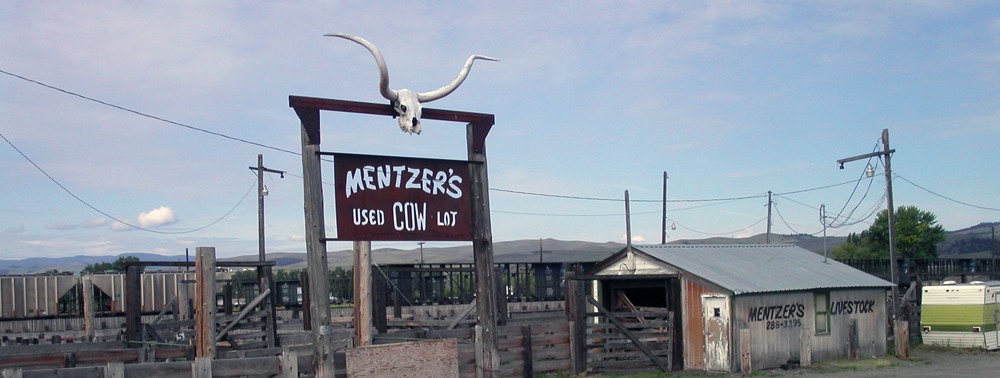There’s more to rural Frederick County, Maryland, than Camp David. Nearby, there were other twentieth century resorts that housed people of lesser means than U.S. presidents.
 The Blue Mountain House (F-6-095) is a 1½-story frame house located south of Blue Mountain Road in rural Frederick County, Maryland. The house is a side-gabled rectangular building constructed on a concrete block foundation. There is a front entry porch in the north façade. The porch roof is supported by four battered wood posts on brick piers. The north façade has three bays with symmetrical fenestration (central door). There is a rear one-story shed roof addition (enclosed porch) and an external gable end (west) concrete block chimney. The building has 1/1 double-hung sash windows and is clad by vinyl siding; the roof is clad by composition shingles. Continue reading
The Blue Mountain House (F-6-095) is a 1½-story frame house located south of Blue Mountain Road in rural Frederick County, Maryland. The house is a side-gabled rectangular building constructed on a concrete block foundation. There is a front entry porch in the north façade. The porch roof is supported by four battered wood posts on brick piers. The north façade has three bays with symmetrical fenestration (central door). There is a rear one-story shed roof addition (enclosed porch) and an external gable end (west) concrete block chimney. The building has 1/1 double-hung sash windows and is clad by vinyl siding; the roof is clad by composition shingles. Continue reading






